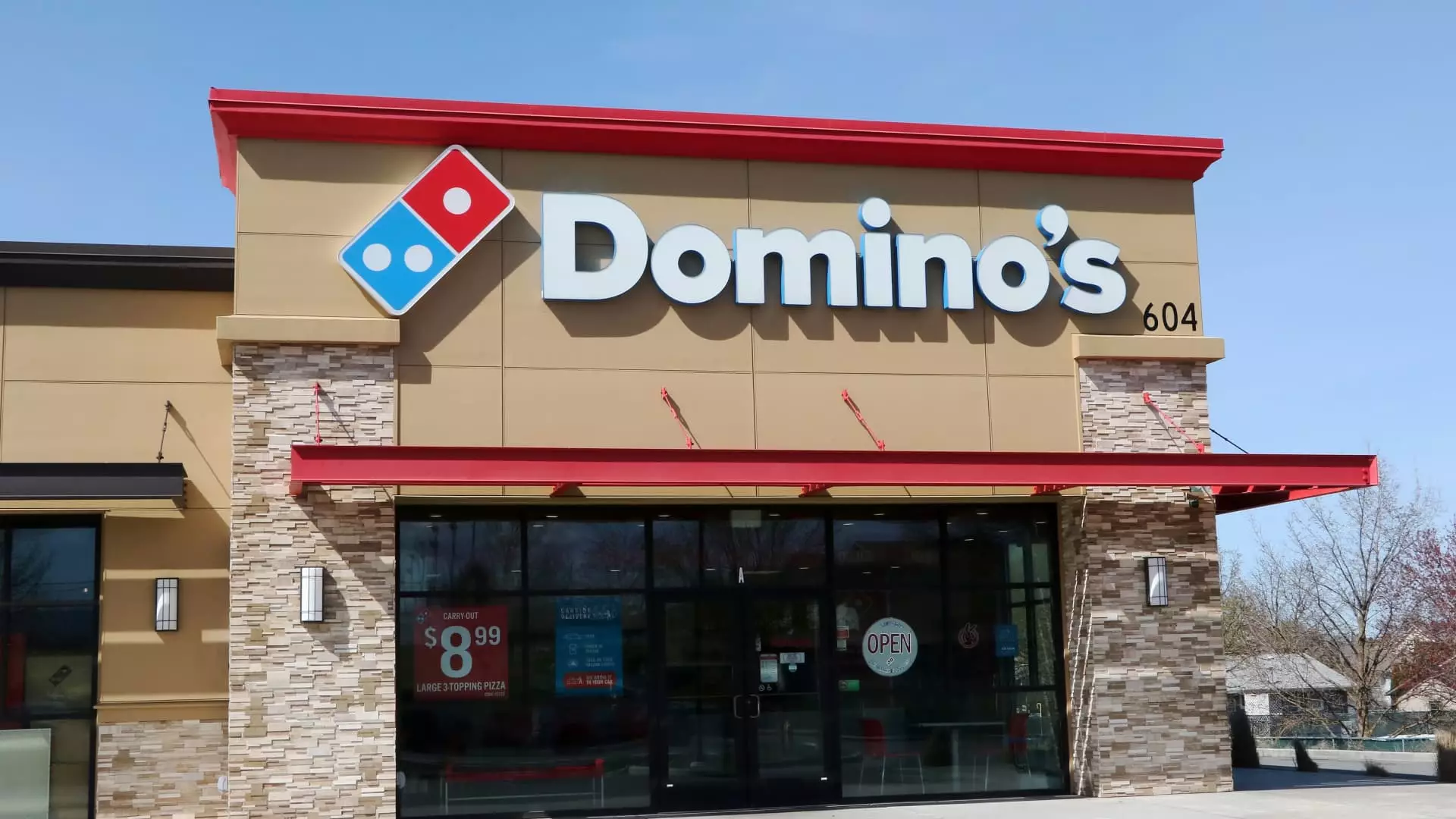In a fiercely competitive fast-food landscape, Domino’s recent confidence stands out as both ambitious and potentially reckless. While CEO Russell Weiner claims the headwinds facing the industry are actually “tailwinds” for his company, this optimistic outlook risks overlooking deeper vulnerabilities. Domino’s strategy of leveraging discounts and innovative products like stuffed crust pizza indicates a desire to outmaneuver rivals in an era defined by economic uncertainty, yet this gamble could prove costly if consumers grow more cautious or if inflation pressures persist. It’s tempting to applaud their confidence, but history suggests that aggressive pursuit of market share during downturns can backfire, eroding profit margins and alienating customers who begin to perceive low prices as the only measure of value.
Dissecting the ‘Value’ Gamble
The company’s emphasis on “value” — exemplified by the $9.99 “Best Deal Ever” promotion — underscores a core belief that consumers continue to prioritize affordability. While that may ring true for low-income households, it also raises questions about sustainability. Are these deeply discounted deals merely a temporary fix? And does relying on such promotions risk devaluing the brand integrity in the long run? Domino’s insists that its focus on “value on things people want” will build loyalty and growth, but this calculation ignores potential consumer fatigue and the risk of commoditization. When every competitor floods the market with similar deals, the line between genuine value and a race to the bottom blurs, jeopardizing profit margins.
Industry Trends and Broader Implications
Domino’s strategic focus seems to be a microcosm of an industry grappling with shrinking foot traffic and shifting consumer habits. Giants like McDonald’s, KFC, and Chili’s have doubled down on value and experience—sometimes at the expense of margins—hoping to retain relevance. Chili’s, in particular, has shown resilience by tailoring its promotions to highlight the full dining experience, pricing it attractively against fast-food options. Domino’s parallels suggest that companies are betting heavily on consumers’ willingness to trade convenience for perceived fairness in pricing, even as inflation over the past years has deeply reshaped household budgets. The widespread promotion of deals across fast-food chains signals not just a battle for dollars but a fundamental reassessment of what consumers value: savings, quality, or experience.
Risks of Overconfidence and the Long Game
Despite the upbeat narrative, Domino’s faces significant peril if their strategy falters. If consumers find the prices for their delivery options too steep, they risk abandoning the occasion altogether—cutting out dining out in favor of home-cooked meals or cheaper alternatives. CEO Weiner’s assertion that the current environment is “systemic” and that Domino’s can sustain growth “until wages recover” strikes a cautious note; however, it also highlights a troubling dependency on skewed economic conditions. Should inflation persist or consumer sentiment worsen, Domino’s might find itself overreaching—pursuing market share at the expense of profitability. Their earnings report, which fell short of Wall Street expectations due to a $27.4 million charge, underscores the fragility of their current approach.
Is the Big Win Worth the Risk?
The relentless push to carve out market dominance in turbulent times reveals a dual-edge sword. Domino’s, with its focus on discounts and promotional tactics, risks creating a branded perception centered solely on affordability, which can diminish long-term loyalty. Moreover, aggressive expansion during economic downturns often leads to fleeting gains rather than sustainable growth. While they tout their success as indicative of systemic trends, the truth may be that this strategy invites financial strain and consumer skepticism. In an environment where consumers are more discerning and cautious, Domino’s must decide whether its current tactics are merely a quick sprint or a sustainable marathon. Their future stability hinges on balancing aggressive promotions with genuine value, innovation, and respect for the long-term health of their brand.

